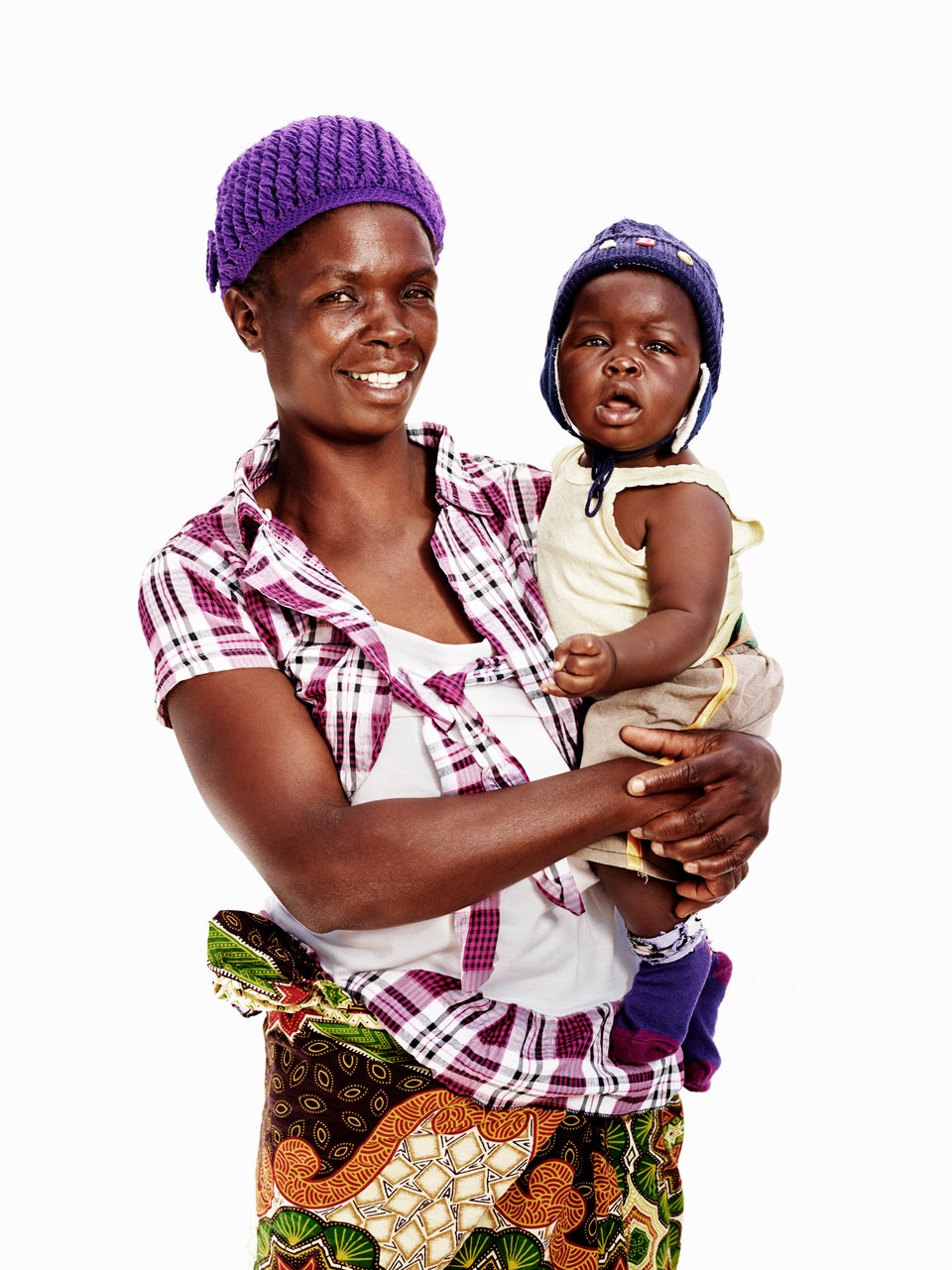There's plenty to be proud of in the fight against HIV and AIDS this year.
Today is World AIDS Day, when we'll celebrate campaigns like New York Gov. Andrew Cuomo's $2.5 billion effort to end the epidemic in the state by 2020, and federal programs that drove a 48 percent increase in HIV testing for U.S. citizens between 2010 and 2014.
But education and awareness are equally important. About 50,000 people are infected with HIV in the U.S. each year, according to the Centers for Disease Control and Prevention. Approximately 1.2 million Americans were living with HIV by the end of 2012, and about 12 percent of them didn't know they were infected, according to a scientific model used by the CDC.
The public still needs to learn some basic facts about the deadly disease. That's likely why the banner on the National AIDS Trust's World AIDS Day website reads, "Kissing and hugging don't spread HIV. Ignorance does."
Here are some common misconceptions about HIV and AIDS:
1. HIV will automatically spread to an unborn baby.
Pregnant women with HIV have plenty of options. The Office on Women's Health notes that a woman who is treated for the virus early in her pregnancy has about a 2 percent chance of having an HIV-positive baby. Without treatment, the risk rises to about 25 percent.
HIV-positive women are advised, however, to forgo breastfeeding, and to read up on other ways to prevent HIV infection in children.
2. You don’t have to use a condom if both partners have HIV.
Safe sex is still important if you and your partner have HIV. There are different strains of the virus, and you can be infected with a type you don't already have or one that's more drug-resistant, according to the Department of Health. This could make treatment more difficult.
3. Unprotected sex is fine since we both tested negative for HIV.
There are several ways to test for HIV. The most common is an antibody screening test, in which doctors test for how many antibodies your body makes to fight the virus. But it takes your body a while to generate those antibodies, so there's a window of time in which you could have the virus and still test negative.
If you test negative on an antibody test three months after your last possible risk of infection, you can assume that you don't have the virus, according to the San Francisco AIDS Foundation. But it's still important to practice safe sex and get tested regularly.
4. HIV can’t be transmitted through oral sex.
While the risk of infection might be lower when you have oral sex, the possibility is still there. Your risk is especially high if you or your partner have open sores or cuts on your genitals or mouth, bleeding gums, or if broken skin comes into direct contact with semen, according to the AIDS Action Committee.
5. HIV can be spread through saliva, sweat, tears and toilets.
HIV only spreads through semen, vaginal fluid, blood or milk from an HIV-infected person. The AIDS Action Committee reports:
If you are around people infected with HIV, there is no danger of becoming infected with the virus by:
- Breathing the same air as them.
- Eating food handled, prepared, or served by them.
- Sharing toilets, phones, or clothing with them.
- Sharing forks, spoons, knives, or drinking glasses with them.
- Touching, hugging or kissing them.
6. You can get HIV from mosquitoes or other insects.
HIV does not reproduce and cannot survive in insects, and there's no evidence of mosquitoes transmitting HIV, regardless of the location, according to the CDC.
7. You can't spread the virus after an antiretroviral treatment.
Antiretroviral treatment can reduce the amount of HIV in the blood to the point that it's undetectable in viral load tests, the CDC says. But those tests only measure HIV in the blood, so it's still possible to find HIV in the infected person's genital fluids.
8. HIV/AIDS is a death sentence.
The United Nations reported this month that AIDS-related deaths have dropped 42 percent since 2004. As of June 2015, roughly 16 million people were receiving treatment for HIV -- twice the number of those receiving treatment in 2010.
The tide is turning, and we've seen countless stories proving that a person with HIV or AIDS can go on to live a long, happy life. Treatment and support are huge factors in the recovery process. To find a testing location near you, visit AIDSVu.org.
Also on HuffPost:
